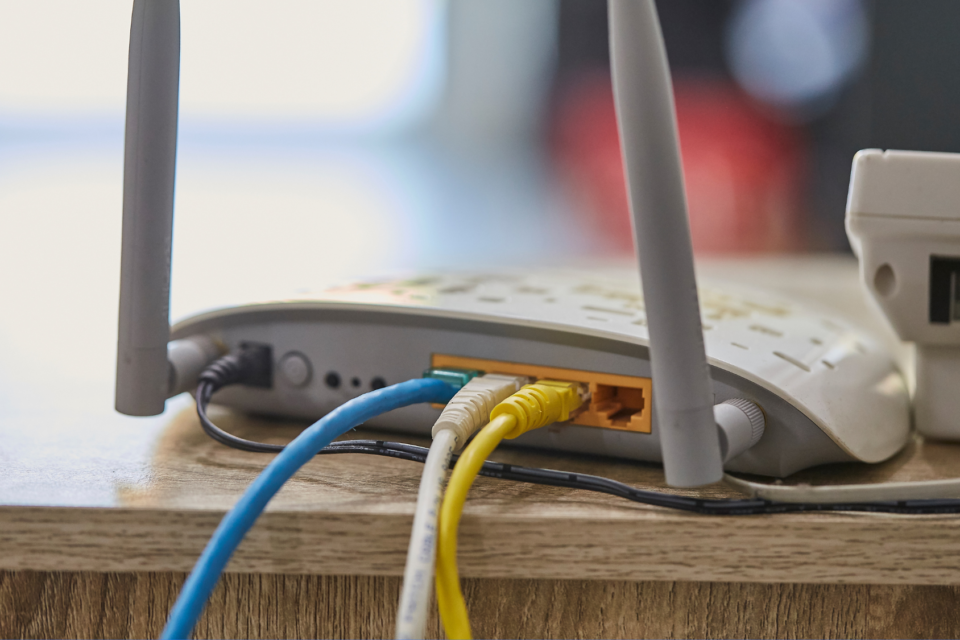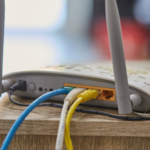Accelerating Access and Adoption of Smart Broadband Programs

America’s communications networks are revolutionizing the way people work, learn, seek medical care, and connect with friends and family. The COVID-19 pandemic punctuated the importance of access to these networks and the need to keep the “digital lights” on for the economy—a significant undertaking made possible by private sector innovation and ingenuity.
As the business community continues to innovate and connect people across the country, broadband access, adoption, and affordability must remain key priorities for Congress.
Current State of Play
The United States has already made great strides in closing the digital divide with $80 billion in investments being made through the bipartisan Infrastructure Investment and Jobs Act (IIJA) and other broadband programs. Yet, despite these efforts, there is still work to be done as federal broadband programs lack a national strategy making it difficult for policymakers to close this divide effectively.
The U.S. Chamber of Commerce applauds leaders like Senator John Thune (R-SD) for working with the business community and championing solutions to expanding access to broadband services and connectivity across the United States. As the Senator said, “for too long we’ve talked about bridging the digital divide. It’s time to actually do it.”
Going forward, Congress must take action to accelerate the process for ensuring all Americas have access to the latest innovations in connectivity.
4 Actions Congress Must Take
- Permitting Reform: To ensure our infrastructure, especially broadband, is ahead of the ever-evolving technological landscape, Congress must improve the permitting process for broadband deployment. This can help reduce costs, prevent unnecessary delays, and better utilize taxpayer investments in broadband.
- Interagency Coordination: The Government Accountability Office noted that 15 federal agencies collectively administer over 100 programs to expand access to broadband. Congress should focus on effectively implementing existing federal broadband programs and ensuring taxpayer dollars are utilized wisely. This means pursuing robust oversight of federal broadband programs and ensuring effective interagency coordination for successful implementation.
- Affordable Connectivity Program Funding: Third, the Infrastructure Investment and Jobs Act established the Affordable Connectivity Program (ACP) to provide a monthly benefit to low-income Americans. By focusing on affordability, the ACP is a key tool to close the digital divide. However, the IIJA only provided a temporary amount of funding for the ACP, which is expected to run out in 2024. Congress must act and provide sufficient appropriations to provide certainty for program beneficiaries and participating internet service providers.
- Prevent Overregulation: While there are plenty of policy options that Congress should pursue, there are others that should be avoided. For example, Congress must ensure that all federal broadband programs avoid ancillary and harmful public policies such as preferences for unions, costly Buy America mandates, and patchwork network neutrality requirements. Legislators should provide robust oversight to the National Telecommunications and Information Administration (NTIA) and the Federal Communications Commission (FCC) to prevent the overregulation of broadband markets and utilize all tools available if federal agencies seek to overreach beyond their statutory authority.
Broadband access, adoption, and affordability must continue to be a priority for Congress as the private sector works together to innovate and connect people across the nation. Through partnership with private sector and sound public policies, we can bridge the digital divide and ensure that all Americans are part of the digital economy.


